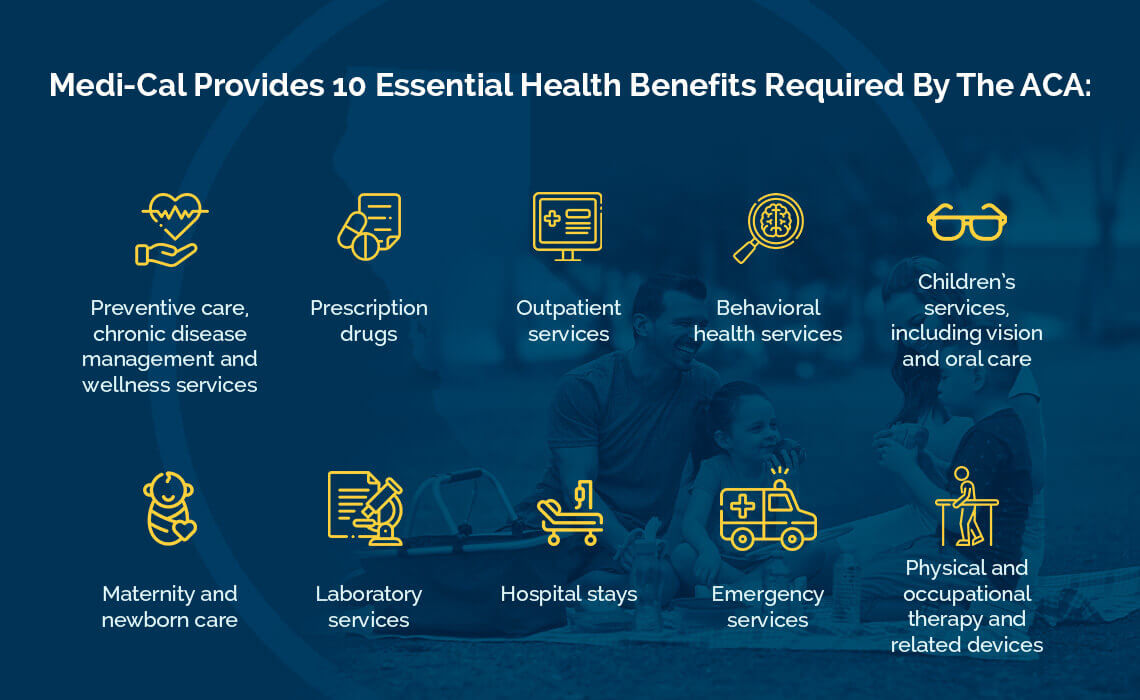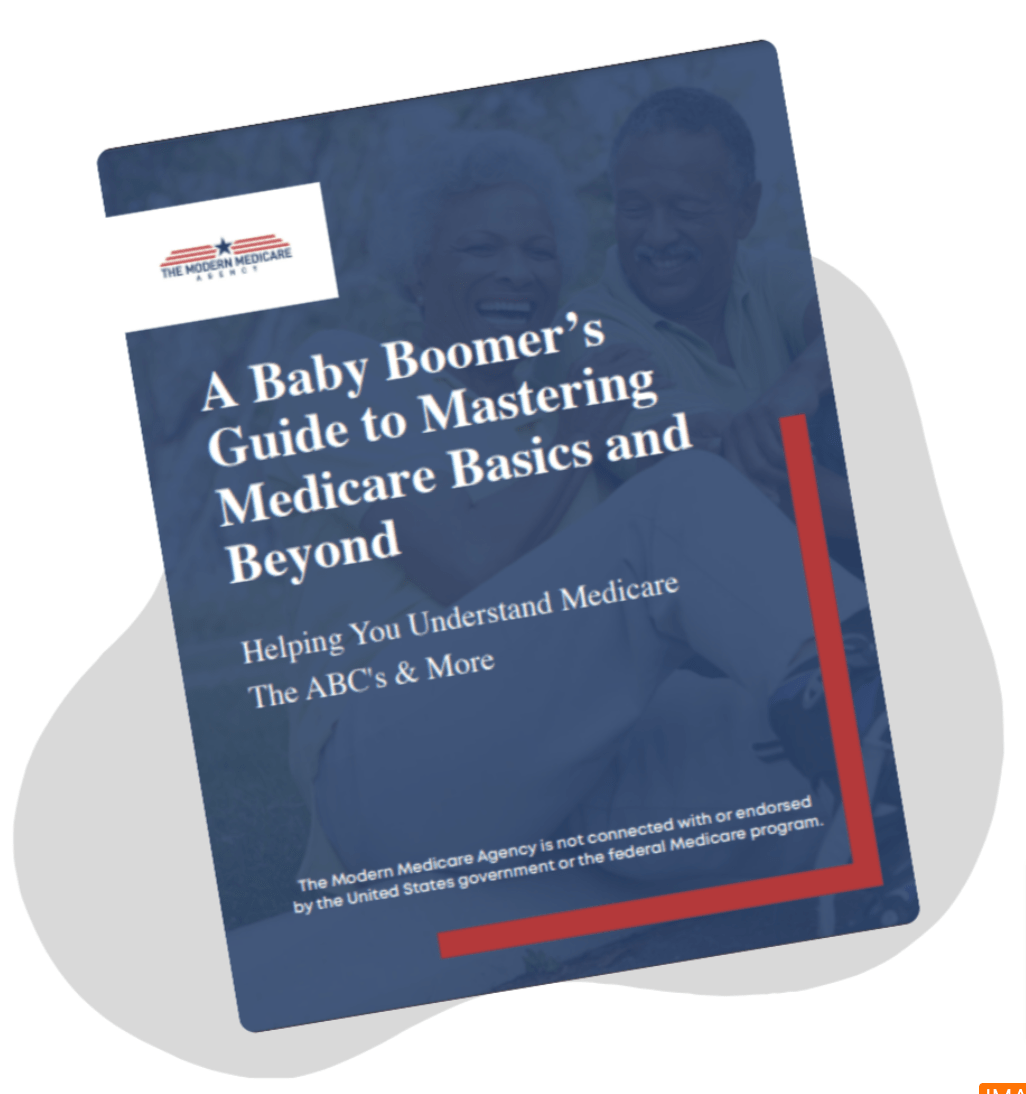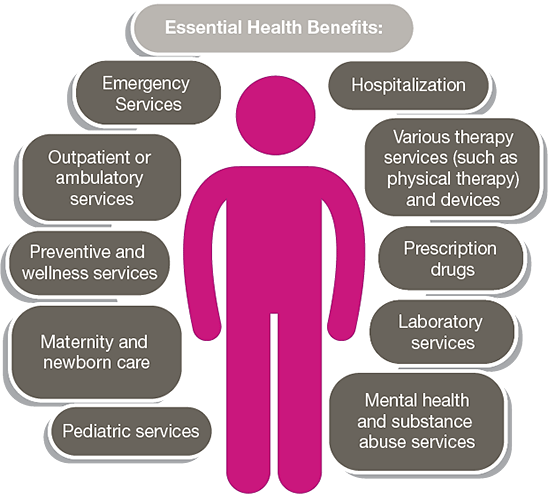The 8-Minute Rule for Medicare Advantage Agent
Table of ContentsThe smart Trick of Medicare Advantage Agent That Nobody is Talking AboutSome Known Facts About Medicare Advantage Agent.Top Guidelines Of Medicare Advantage Agent


follows from confusing the relatively young age profile of the uninsured with without insurance better healthFar better wellness average, standard younger personsMore youthful For those without access to work environment health and wellness insurance coverage, poor health is a potential barrier to acquiring nongroup insurance coverage since such protection may be highly valued, leave out pre-existing conditions, or be simply unavailable. Unless or else noted, national price quotes of individuals without health and wellness insurance coverage and proportions of the populace with various kinds of protection are based on the CPS, the most widely made use of resource of estimates of insurance policy protection and uninsurance prices.

The smart Trick of Medicare Advantage Agent That Nobody is Talking About
Over a three-year duration starting early in 1993, 72 million people, 29 percent of the united state populace, were without coverage for a minimum of one month. Within a single year(1994), 53 million individuals experienced a minimum of a month without insurance coverage(Bennefield, 1998a). Six out of every 10 uninsured grownups are themselves used. Although working does improve the probability that one and one's member of the family will certainly have insurance coverage, it is not a warranty. Even members of family members with two permanent breadwinner have virtually a one-in-ten possibility of being without insurance (9.1 percent uninsured rate)(Hoffman and Pohl, 2000 ). The partnership between medical insurance and access to care is well developed, as recorded later in this chapter. Although the connection in between medical insurance and wellness outcomes is neither direct neither straightforward, a substantial professional and health services research literature links medical insurance coverage
to improved access to care, far better quality, and boosted individual and populace health condition. For instance, the second report, on individual wellness end results for without insurance grownups, is represented by the innermost circle of the figure, while the third report, on family members health, incorporates the topics of the second report however stresses a various device of evaluation, particularly, the household. The 6th report in the collection will certainly provide information concerning approaches and efforts carried out in your area, statewide, or across the country to deal with the lack of insurance policy and its negative impacts. Degrees of analysis for examining the results of uninsurance. This discussion of medical insurance coverage concentrates primarily on the united state population under age 65 due to the fact that practically all Americans 65 and older have Medicare or various other public protection.
It concentrates particularly on those without any type of health and wellness insurance policy for any size of time. The troubles dealt with by the underinsured are in some aspects comparable to those encountered by the without insurance, although they are usually less extreme. Uninsurance and underinsurance, nonetheless, include distinctly different policy concerns, and the techniques for resolving them may vary. Throughout this research and the five records to adhere to, the main focus is on persons with no wellness insurance and therefore no help in paying for healthcare past what is available via charity and safeguard establishments. Health and wellness insurance coverage is an effective element influencing receipt of care because both people and doctors reply to the out-of-pocket rate of services. Health and wellness insurance policy, nevertheless, is neither needed nor enough to acquire accessibility to medical services. However, the independent and direct impact of wellness
insurance policy coverage on access to wellness services is well developed. Others will obtain the healthcare they require even without health and wellness insurance coverage, by paying for it expense or seeking it from service providers that provide care cost-free or at highly subsidized rates. For still others, medical insurance alone does not make sure invoice of care since of other nonfinancial barriers, such as an absence of healthcare carriers in their neighborhood, limited access to transportation, illiteracy, or linguistic and cultural distinctions. Official research concerning without insurance populations in the USA dates to the late 1920s and very early 1930s when the Committee on the Expense of Healthcare created a series of reports concerning funding physician office visits and hospitalizations. This issue came to be prominent as the numbers of medically indigent climbed up throughout the Great Clinical depression. Empirical researches consistently support the web link in between accessibility to care and look at this website boosted health and wellness end results(Bindman et al., 1995; Starfield, 1995 ). Having a normal source of why not check here care can be considered a predictor of gain access to, as opposed to a direct procedure of it, when health outcomes are themselves made use of as accessibility signs. This expansion of the notion of accessibility dimension was made by the IOM Board on Keeping Track Of Gain Access To to Personal Health And Wellness Care Provider(Millman, 1993, p. Whether parents are guaranteed appears to more helpful hints influence whether or not their kids receive care along with just how much careeven if the kids themselves have protection(Hanson, 1998). The health of parents can affect their capacity to care for their kids and the degree of household anxiety. Stressing over their youngsters's access to care is itself a source of anxiety for parents. 3 phases comply with in this report. Chapter 2 supplies a review of how employment-based medical insurance, public programs and private insurance policy policies run and engage to give substantial however incomplete coverage of the U.S. population. This includes a review of historical trends and public plans impacting both public and exclusive insurance coverage, a conversation of the communications amongst the various sorts of insurance policy, and an examination of why individuals move from one program to an additional or end up
